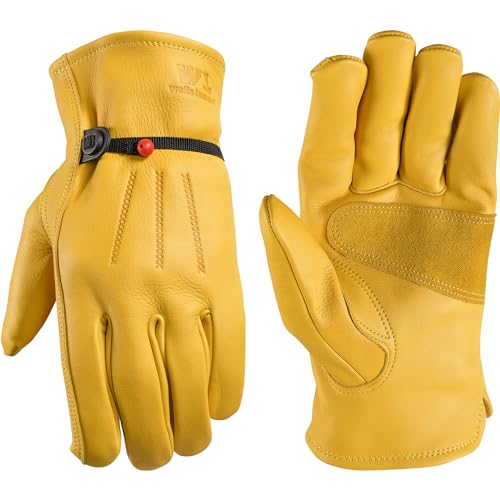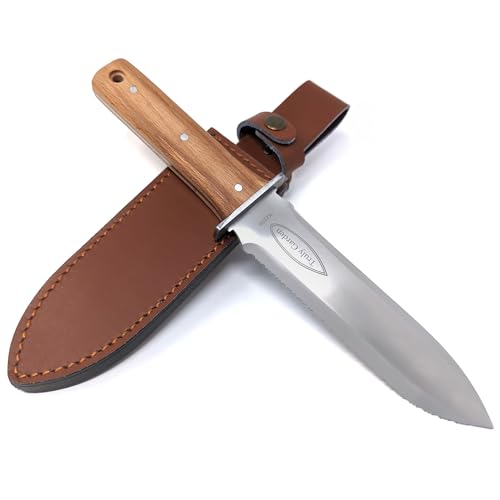How to grow impatiens – garden experts reveal the secrets to growing this shade-tolerant, sparkling summer plant
Both 'Busy Lizzie' and 'New Guinea' impatiens can thrive in shady yards


When it comes to shade gardens, impatiens can be relied on to deliver. With bright and brilliant blooms, you can fill your borders and pots with pinks, red, whites and purples, helping to add color to even dark plots.
Impatiens tend to be used as annual bedding plants in most of the United States. They can be grown as perennials but require warm, tropical weather only found in USDA Zones 10 to 12.
Impatiens are some of the best shade plants, thriving in dimly lit gardens and patios. They can be both the star of the bed or basket and also do quite well with an ensemble cast. Here, garden experts reveal how to grow impatiens for spectacular displays this year.
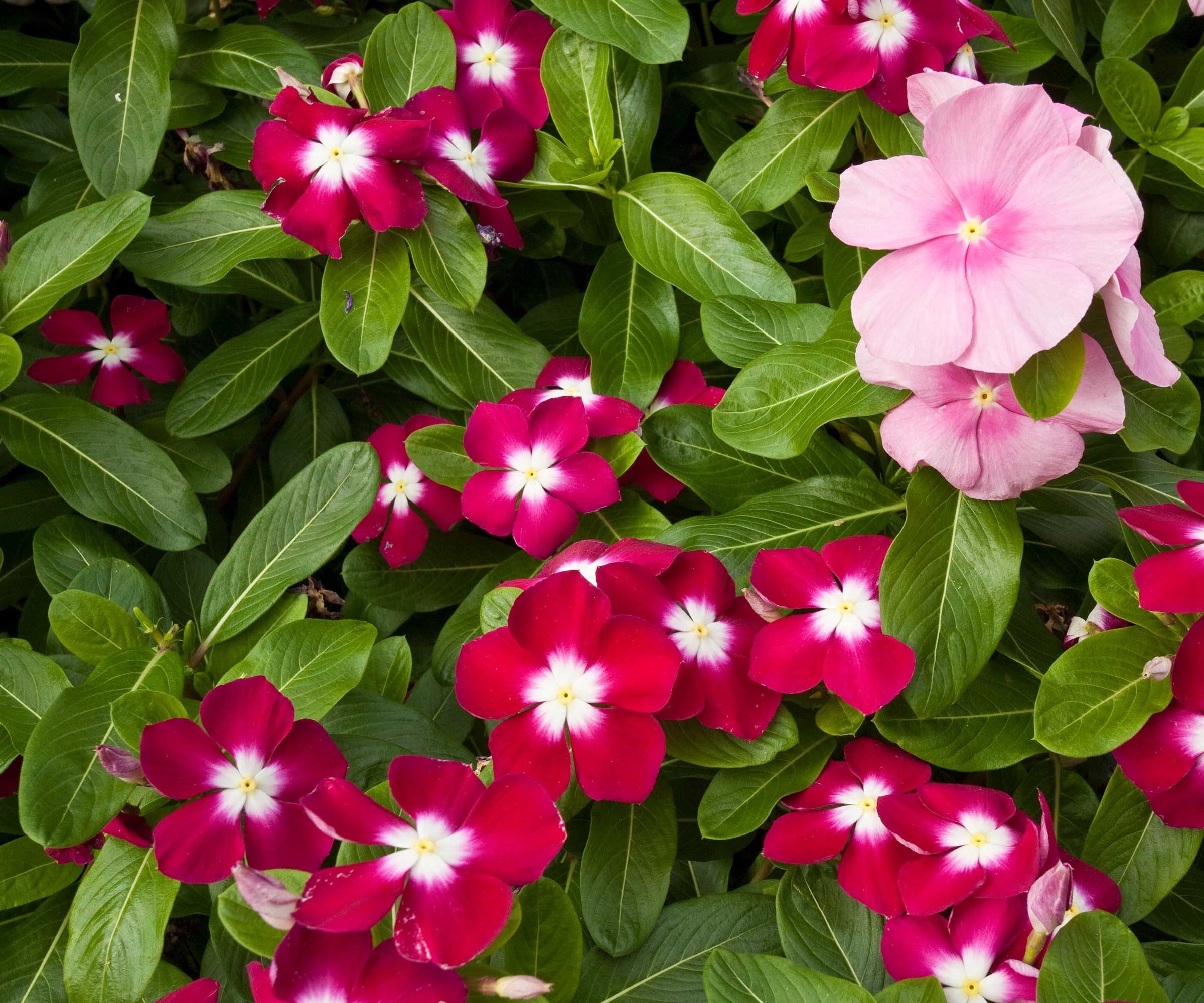
How to grow impatiens
When it comes to flower bed ideas, the Impatien genus gives us two readily available options: Impatiens walleriana, known as busy Lizzie, or simply impatiens, and Impatiens hawkeri, commonly known as New Guinea impatiens.
Although in the same genus, the origins of each species are vastly different, with impatiens hailing from eastern Africa and New Guinea impatiens being native to Papua New Guinea and the Solomon Islands.
When compared side by side, the differences are apparent. Busy Lizzie is the smaller and more delicate of the two in flower and leaf size. Its habit is more mounded and spreading.
New Guineas, on the hand, are the beefier of the two species, with larger, showier flowers and leaves. It grows more upright, as well. They give gardeners a bit more flexibility in gardening with more tolerance of sun.
New Guineas are also more disease tolerant, as the common impatiens has had recent issues with a disease known as Impatiens Downy Mildew.
Growing habits of impatiens
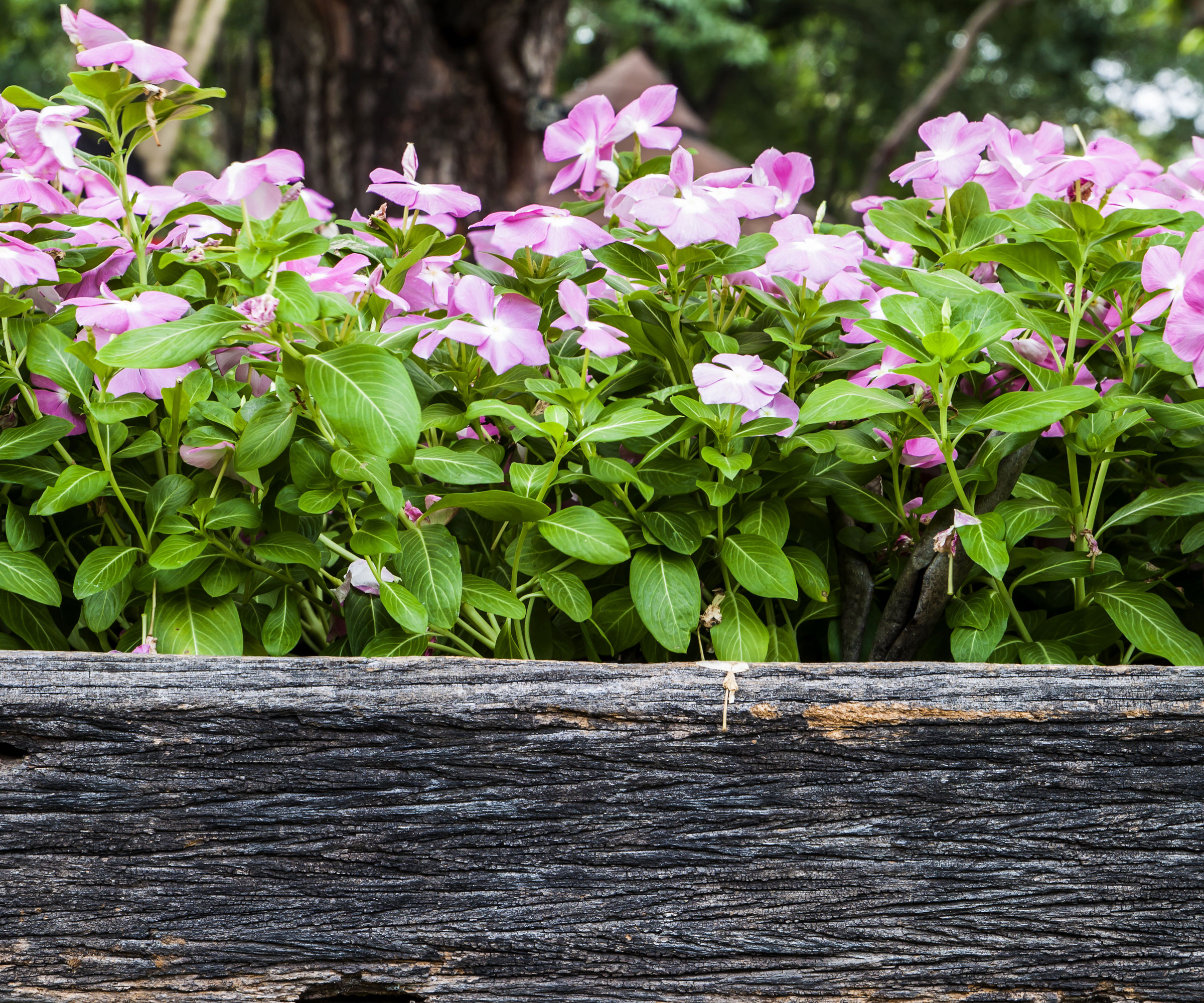
‘Thanks to modern breeding, today’s impatiens varieties offer improved disease resistance, better flower forms, and greater garden durability,’ says Alexander Betz, landscape designer with Plant by Number.
‘Imara® XDR is one of the most significant advancements in impatiens breeding with strong resistance to downy mildew,' Alexander adds. 'I recommend Imara® for its lush habit, vibrant color selection, and low-maintenance performance.'
Another of Alexander’s recommendations is Glimmer™ Salmon, with its romantic-toned double blooms and built-in mildew resistance. ‘It’s one of the best annual flowers for containers where I want to add texture and sophistication.’
Laura Janney, CEO of The Inspired Garden Masterclass, prefers using New Guinea impatiens over busy Lizzie in her clients’ designs. ‘I find them a little hardier in the sun,’ she says. ‘The leaves are really beautiful, too, and they give that tropical plant vibe, much more vibrant and interesting colors’ than busy Lizzies.’
Rather than planting in rows as landscapers might do, her team clump them together in groups of three or five.
‘I usually pair them with another annual, such as begonias,’ she explains. ‘I'll do begonia bulbs in one color and then the impatiens in another color. That way, the flower stands out more. If you use too many of the same colors, it all blends together.’
Laura’s favorite New Guinea impatiens are the varieties within the Sonic series, particularly Sonic Light Lavender, Sonic Light Pink and Sonic Sweet Purple. These flowers have a bit of bicolor variation on the petals, and Laura says that touch ‘just makes the planting have a little bit of a sparkle.’
‘You don't want to plant them en masse,’ says Eva Monheim, garden speaker, author and faculty at Longwood Gardens. ‘Because the deer will come en masse and just eat everything.’
If you have deer but want to enjoy the sparkle of any sort of impatiens, Eva has found a fairly simple solution. ‘Plant them with other plants deer don’t like surrounding them,’ such as the perennial astilbe, she explains.
‘If you put impatiens in with astilbe, the likelihood of deer going for that is a lot less than if they see something else.’ Products such as Liquid Fence Deer & Rabbit Repellent Spray found at Target, can also help keep that four-legged pest from demolishing your impatiens.

Alexander Betz is a landscape designer, plant expert, and entrepreneur who founded Plant By Number. This system brings professional guidance to home landscapes by taking traditional garden design files, scaling them, and printing them directly onto landscape fabric and paper.

Laura Janney is a landscape architect and designer, and CEO of The Inspired Garden Masterclass. Laura has left her mark on the cottage garden landscape design scene, recently winning the 2023 Houzz Best in Design award for her work in the New York area.

Eva Monheim is a speaker, ISA Certified Arborist®, an award-winning educator, and a faculty member at Longwood Gardens for the Professional Horticulture Program and Continuing Education Department. She was an assistant professor at Temple University. Eva's other endeavors are the award-winning The Plant a Trillion Trees Podcast, and the book Shrubs & Hedges: Discover, Grow, and Care for the World’s Most Popular Plants. She is co-principal of Verdant Earth Educators, a company that writes educational documents and standards, and trains professionals in the green industry.
Care guide for impatiens

- Soil: 'They do like slightly acidic soil,’ Laura says. ‘No matter what, they need well-draining soil, so if your space holds water, it's probably not a great fit.’ Laura’s solution when planting is to dig a bigger-than-needed hole and to add in rich organic soil. Try this Miracle-Gro soil from Amazon.
- Light: As noted earlier, impatiens enjoy shade. ‘Morning sun is fine, but it’s a shade flower, so it's always best if you have the afternoon shade.’
- Watering: ‘It's not a drought-loving flower, even though it could handle warm days, but it’s not a flower that you could just forget about,’ Laura explains. 'It needs consistent water, but don’t overwater it.’
- Fertilizing: Impatiens are heavy feeders and do best with some added fertilizer. ‘I like to alternate between a regular Miracle Gro or whatever your regular fertilizer is and a bloom boosting fertilizer,’ Laura says. ‘So, one focusing on growth and one focusing on bloom’ such as this organic bloom booster, available from Walmart.
- Pruning: ‘If you want bushy growth, try pinching out,’ Laura advises. ‘When I put them in a garden or container, I will cut back every other bloom so you still have blooms going on, and then you still have some stems to give you that bushier growth.'
- Pests: Other than deer, Laura hasn’t faced many problems with growing impatiens ‘except root rot, if you water too much,’ she says. ‘Also, if they get too wet, the leaves turn yellow, or the roots get mushy.’
FAQs
What are SunPatiens?
SunPatiens is a hybrid type of impatiens that is fairly new to the garden market. The plant breeder Sakata developed SunPatiens from several different species within the Impatiens genera, creating a plant that can be planted in full sun and hot, humid conditions. In fact, SunPatiens do not perform well in shade, contrary to conventional thinking around impatiens in general. You can find a number of different varieties of SunPatiens from Burpee.
When deciding the appropriate time in spring to plant impatiens outdoors, think about the climate in impatiens’ native habitat. ‘This plant is sensitive,’ Laura says. ‘I wouldn't plant it if temperatures were under 50°F. In fact, I'd wait until nighttime temperatures are a little higher.’
For more suggestions of annual flowers that do well in shady gardens, check out our guide of the best part-shade annuals for the job. Add in a few of these plants that do well with 3 to 6 hours of sunlight, and your garden will sparkle with their blooms from dawn to dusk.
Shop garden accessories
Sign up to the Homes & Gardens newsletter
Design expertise in your inbox – from inspiring decorating ideas and beautiful celebrity homes to practical gardening advice and shopping round-ups.

Ellen Wells is a horticultural communications consultant with 30 years experience writing about all aspects of the gardening world, and for GardeningKnowHow.com since 2024. She specializes in retail horticulture, vegetable gardening and tropical plants. Ellen is based in southern New England where she gardens in zone 7a.
You must confirm your public display name before commenting
Please logout and then login again, you will then be prompted to enter your display name.
-
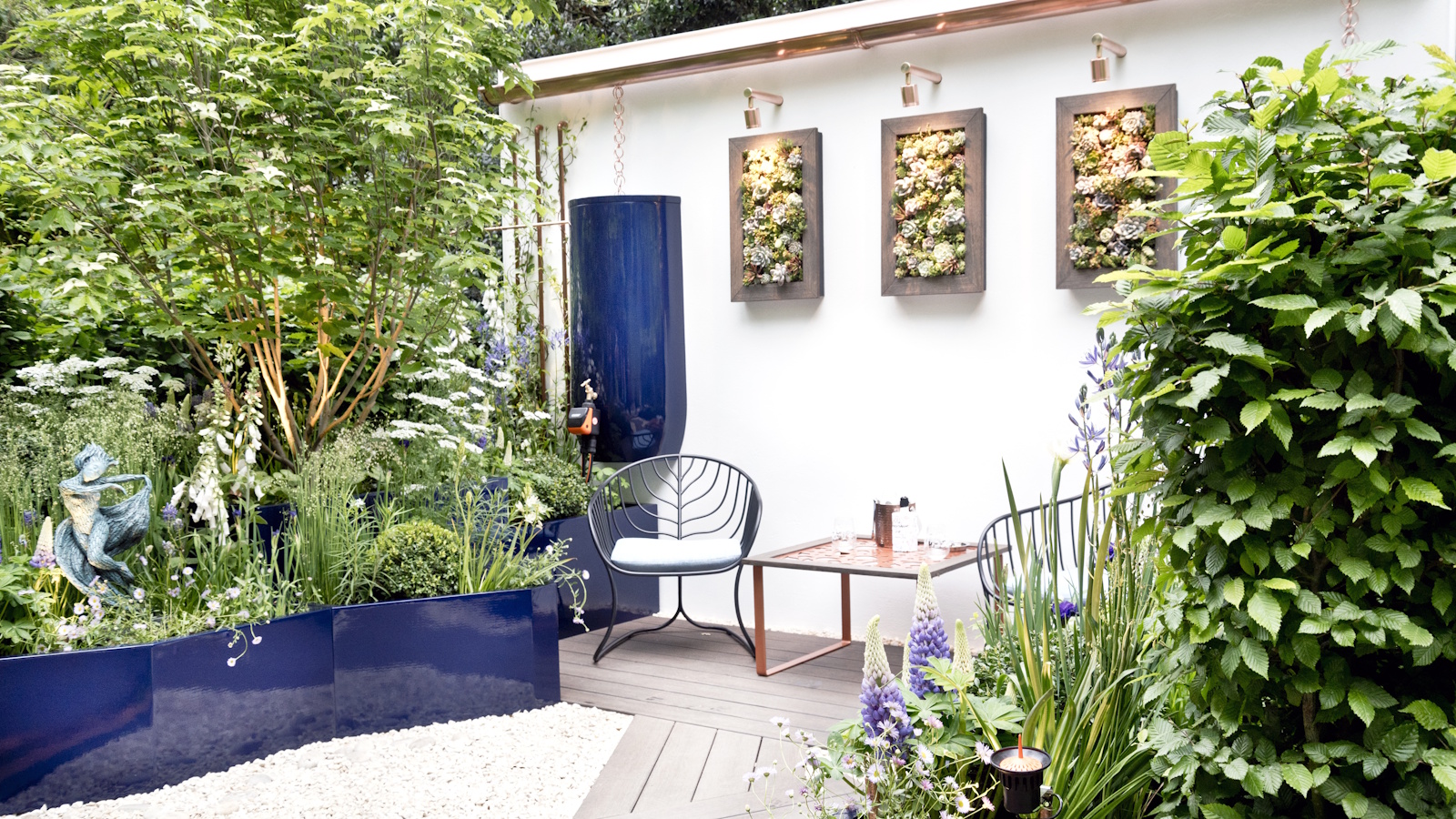 Urban gardening ideas – 7 creative ways to grow in small spaces, balconies, containers, indoors, and more
Urban gardening ideas – 7 creative ways to grow in small spaces, balconies, containers, indoors, and moreMake the most of your space with these innovative ways to garden
By Tenielle Jordison
-
 'Sexy disco-era Italy meets Japanese farmhouse in the Brazilian jungle' was the description the interior designer gave this glass-walled modernist home
'Sexy disco-era Italy meets Japanese farmhouse in the Brazilian jungle' was the description the interior designer gave this glass-walled modernist homeOffering a warm welcome that defies its stark, modernist lines, this archictectural gem is full of surprises
By Karen Darlow
-
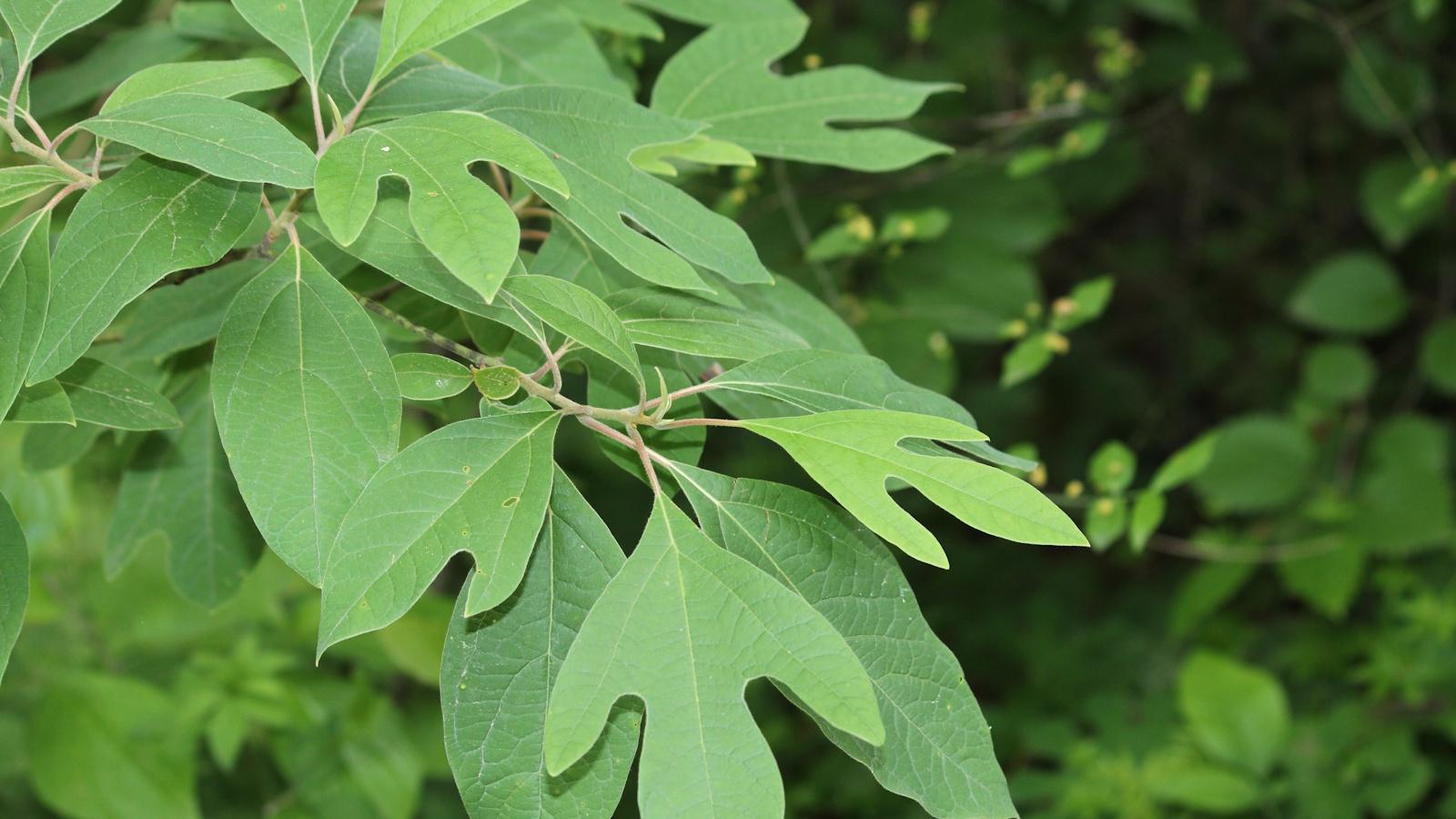 How to grow sassafras – for a low-maintenance native tree that can even be planted in shady yards
How to grow sassafras – for a low-maintenance native tree that can even be planted in shady yardsFor an easy-to-grow North American tree, you will not find much better than sassafras
By Thomas Rutter
-
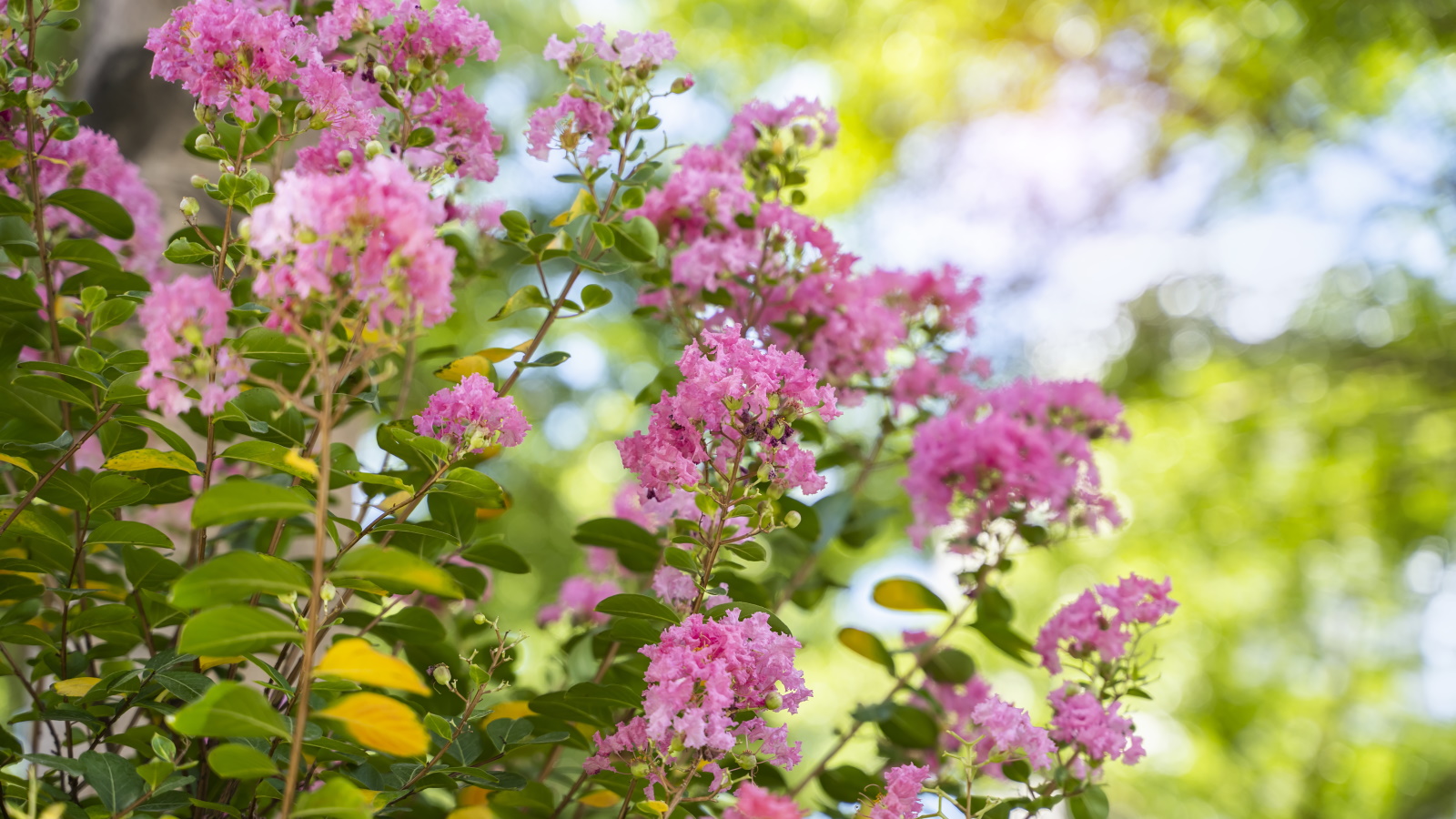 How to grow crepe myrtle in pots – and transform even the smallest of yards with dazzling flowers this summer
How to grow crepe myrtle in pots – and transform even the smallest of yards with dazzling flowers this summerGrowing crepe myrtles in pots will inject splashes of brilliant color into your outside space
By Thomas Rutter
-
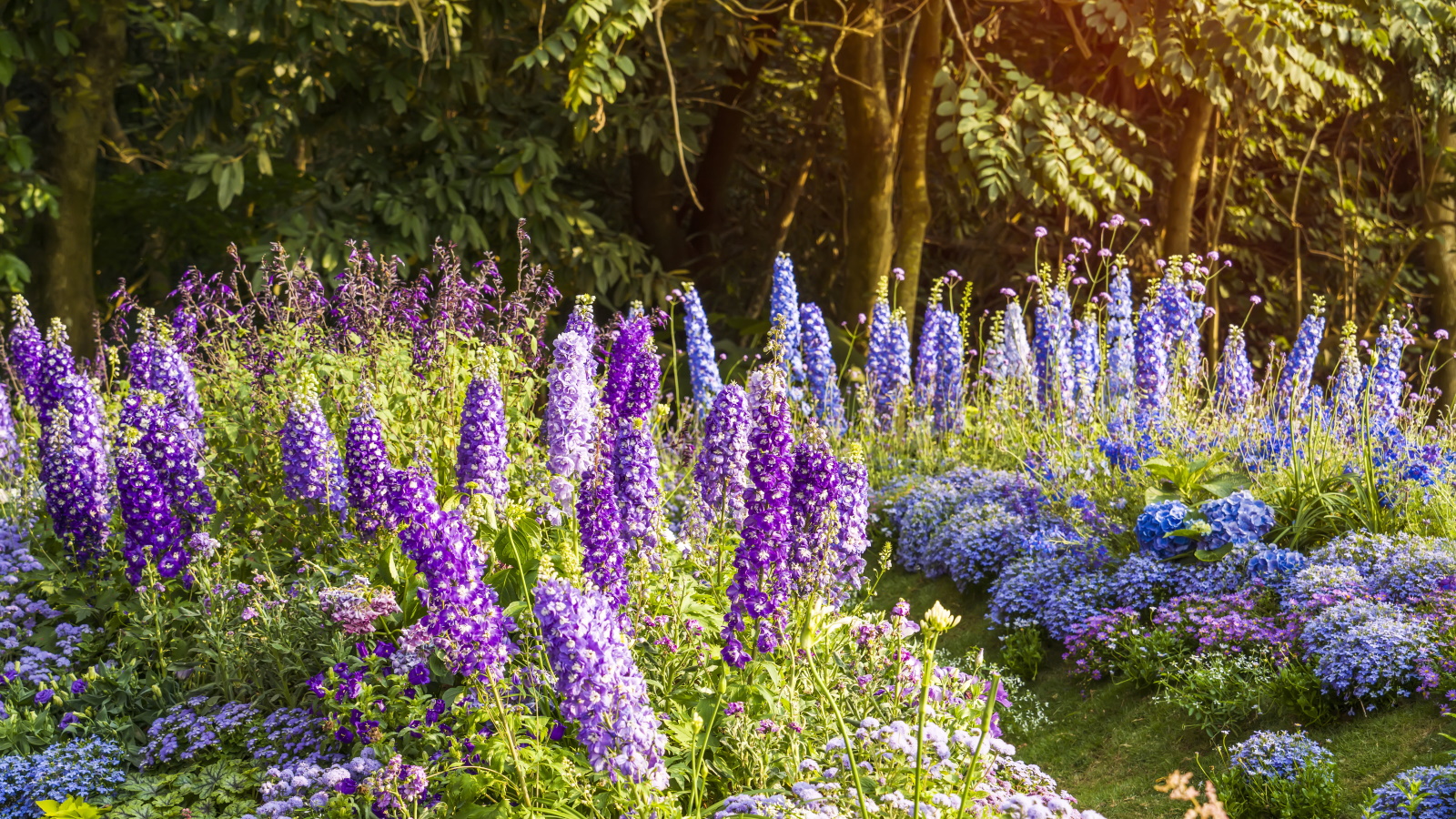 Best types of delphiniums – 14 stunning varieties for vibrant flower spikes in your yard
Best types of delphiniums – 14 stunning varieties for vibrant flower spikes in your yardPlants Here are our top types of delphiniums for brightening summer borders
By Holly Crossley
-
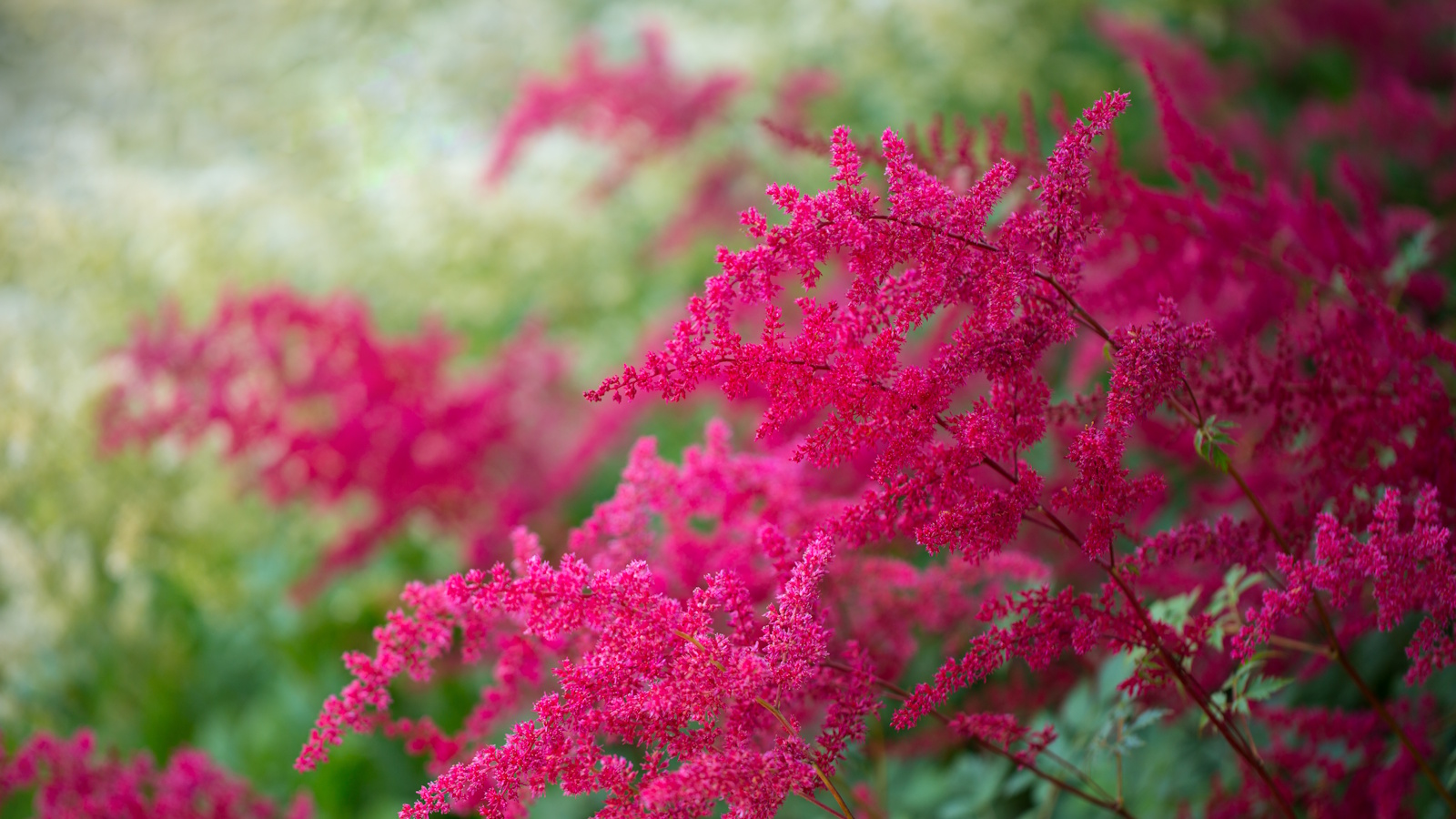 How to grow astilbe – expert advice on cultivating this shade-tolerant flowering perennial
How to grow astilbe – expert advice on cultivating this shade-tolerant flowering perennialShade-tolerant and pest-resistant - astilbe are hardy and tough perennials that can thrive in many settings
By Ellen Wells
-
 7 native perennials to plant in April – for glorious flowering displays to attract bees, butterflies, and hummingbirds
7 native perennials to plant in April – for glorious flowering displays to attract bees, butterflies, and hummingbirdsDiscover some of the best perennials to plant in April to make your garden a hotspot for wildlife
By Drew Swainston
-
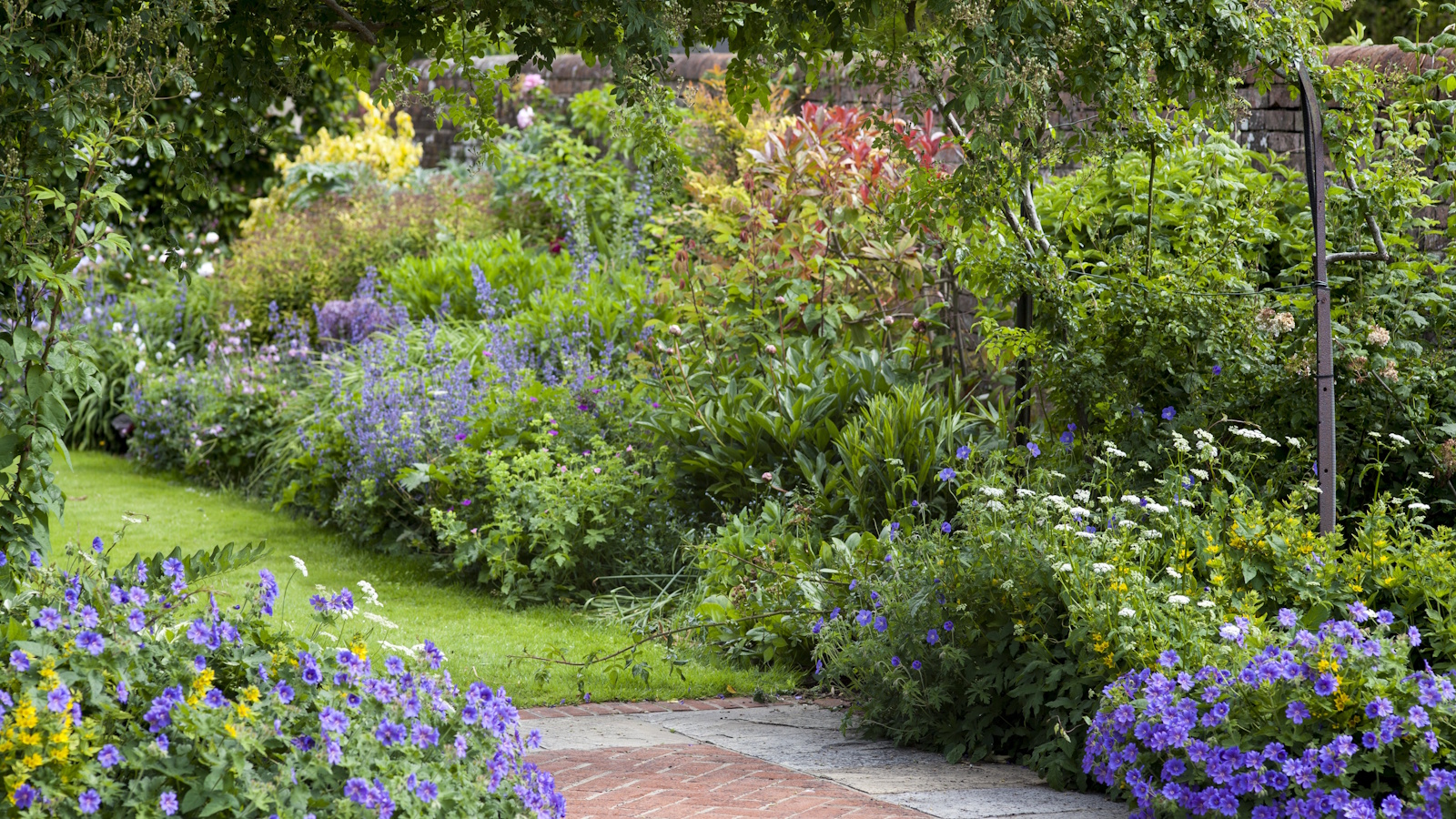 Is the viral salt hack the secret to a weed-free patio? A garden expert warns of irreparable, long-term damage – plus reveals the safest way to get results
Is the viral salt hack the secret to a weed-free patio? A garden expert warns of irreparable, long-term damage – plus reveals the safest way to get resultsYou might have seen gardeners on TikTok or Instagram using salt to kill weeds in pavers, but this hack should be avoided at all costs
By Thomas Rutter
-
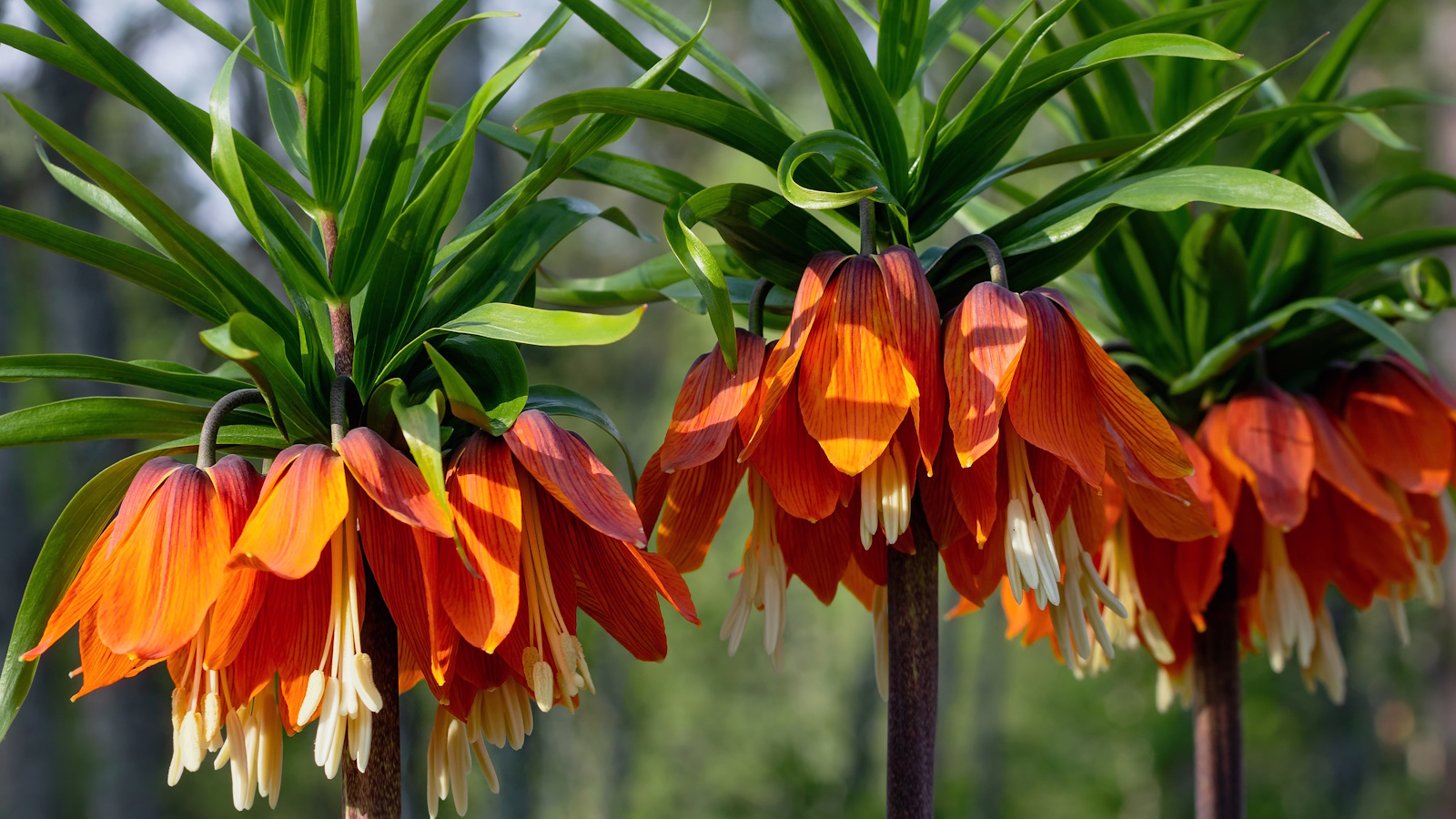 Worst-smelling plants to avoid – experts reveal 5 pungent species and suggest perfumed options to grow instead
Worst-smelling plants to avoid – experts reveal 5 pungent species and suggest perfumed options to grow insteadThese are some of the worst-smelling plants that can cause quite a stink
By Thomas Rutter
-
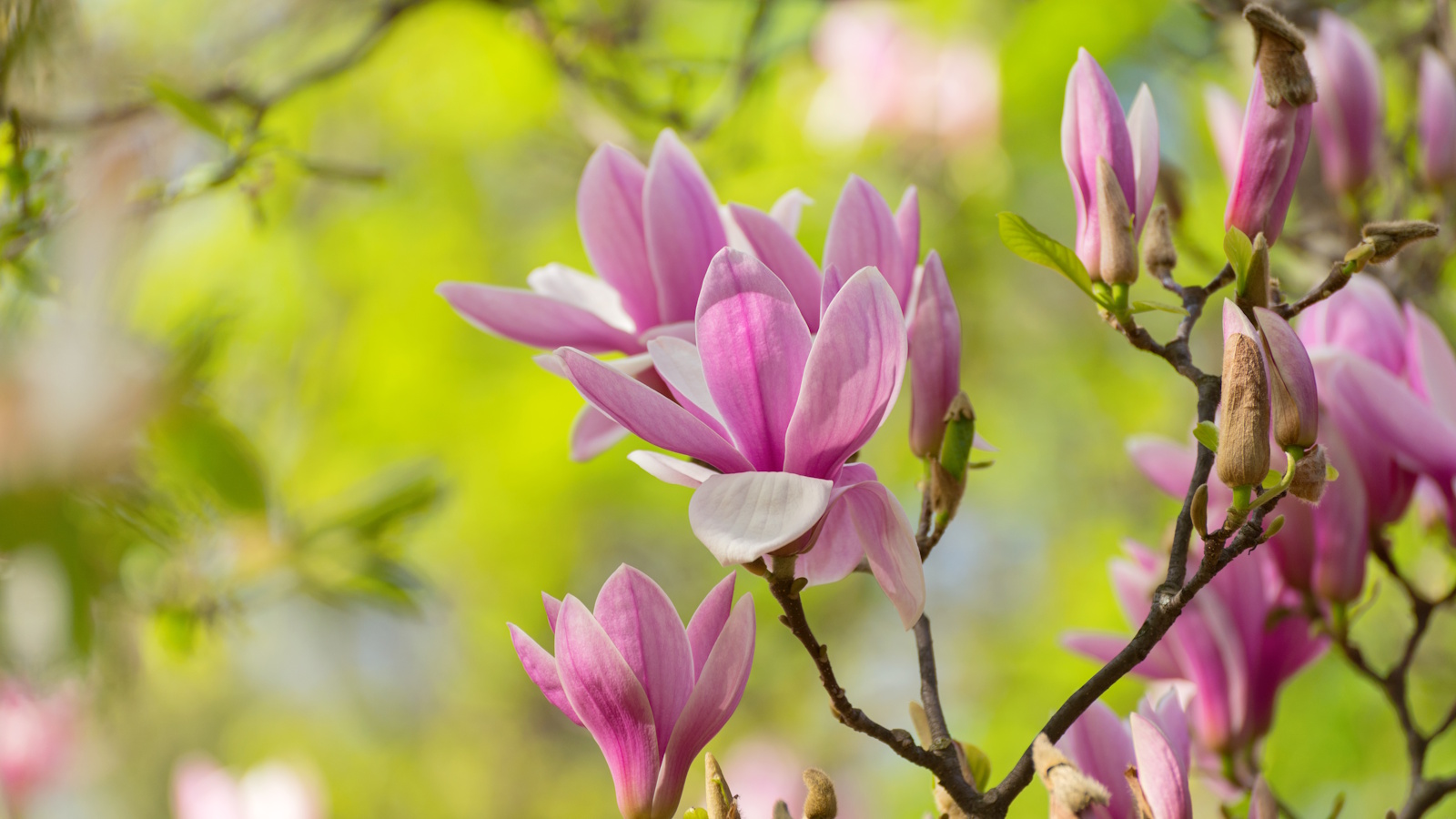 How to fertilize magnolias – garden experts reveal the secrets to better blooming, and timing is critical
How to fertilize magnolias – garden experts reveal the secrets to better blooming, and timing is criticalMagnolias are famed for their spring flowers, and feeding at the right time can give trees a boost
By Thomas Rutter
